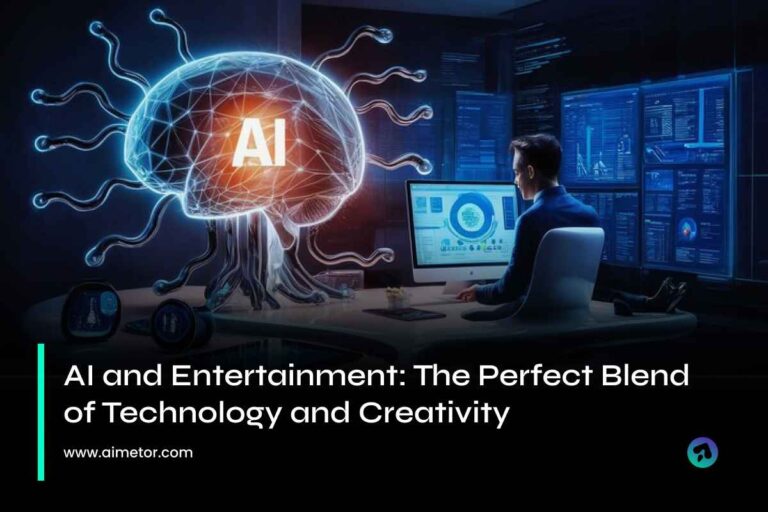The Psychology Behind Virtual Influencers: Why Do We Trust Them?
What is the most important in a successful digital marketing campaign? “Trust” is the answer. Virtual influencers have been able to earn that trust. Let’s deep-dive further to understand it.
Trust in Marketing: Understanding
Trust in media originates from emotional connectivity and perceived authenticity. Virtual influencers are good at creating these bonds.

Para-Social Relationships
Humans form a para-social relationship with media figures, irrespective of the fact either they are real or fictional, these one-sided bonds make audiences feel connected with those figures. Virtual influencers share personal content that makes followers feel involved in their lives. The illusion of intimacy builds trust the same way as with traditional influencers.
Content: Relatable and Consistent
Virtual influencers post consistently and post relatable content that appeals to their followers and audience. They share unique and universal experiences, and this sense of shared experiences builds trust and engagement.
Authenticity
Virtual influencers present themselves authentically. They communicate with their audience or followers in a transparent manner. This perceived authenticity creates and enhances trust.
Perfection with a Hint of Flaw
Virtual influencers are designed perfectly. Their perfection and flawless appearance appeal to audiences. But they are not completely unattainable.
Aspirational
Idealized lifestyles and flawless looks of virtual influencers are aspirational. This perfection is admired and is associated with competence and trustworthiness.
Humanized Storytelling
Although these virtual influencers are perfectly designed and operated. But it still has flaws and struggles. A virtual influencer may share a blog or story about “overcoming self-doubt”. Although virtual influencers are not able to comprehend “self-doubt”, telling such stories can humanize them which fosters an emotional bond with audiences. Check out our latest blog on the best 7 Ways Virtual Influencers Build Trust with Their Audiences.
This mix of perfection and relatability creates admiration and trust.
Consistency
Virtual influencers are consistent and consistency is the building block of trust. With the power of being consistent virtual influencers are able to win the trust of audiences.
Consistent Brand Identity
Humans are unpredictable, but virtual influencers operate without that unpredictability. Their content is perfectly aligned with the identity of the brand. They do not involve themselves in any sort of controversies or scandals and this behavior gives a psychological connection with followers.
Reliable and Predictable
Virtual influencers are reliable and predictable. The followers and audience know what to expect from them. This reliability and predictability reinforce trust over a certain time. Unlike traditional or real influencers, virtual influencers are immune to fatigue and mood swings, which result in smooth and steady interactions with the audience.
Cognitive Biases
Human psychology plays an important role in trusting virtual influencers.
Anthropomorphism
It refers to attributing human traits to non-human entities. Virtual influencers mimic human behavior seamlessly. They smile, show emotions, and share relatable stories just like humans, which makes them relatable and trustworthy.
Halo Effect
It is the tendency to associate attractiveness with positive traits. Virtual influencers are designed to be perfectly visually appealing and this visual attractiveness helps them to be perceived as credible and competent.
Familiarity Bias
Virtual influencers post content regularly and repeatedly. This repeated exposure builds likability and familiarity with them. The audiences and followers feel they “know” them which builds trust. All these biases work subconsciously which makes interacting with virtual influencers feel genuine.
AI and Personalization
AI powers virtual influencers which makes them to interact with their audiences and followers meaningfully. It allows virtual influencers to respond to messages and comments of followers like humans. This creates a connection and followers feel they are valued and heard. These feelings of being heard and valued build trust.
Virtual influencers used data to personalize their content. They align their social media posts with the values of the audience and followers. This alignment makes their messages more impactful. Incorporation of AI in virtual influencers makes engagement real. Brands design their campaigns according to their objectives and values of the audience.
Famous Examples
- Lil Miquela is a popular virtual influencer. She advocates for social causes and shares emotional stories. Her meaningful and personal content builds strong connections with her followers and audiences.
- Shudu is the first digital supermodel. Her beauty and grace attract the audience. She inspires others with aspirational content which leads to fostering trust.
- Noonoouri focuses on fashion and advocacy. Her honesty and childlike charm are very attractive and she builds trust by advocating sustainability in the fashion industry.
Will we see a day when virtual influencers are indistinguishable from humans in terms of trust and influence? Only time will tell.





One Comment